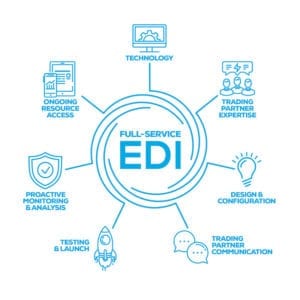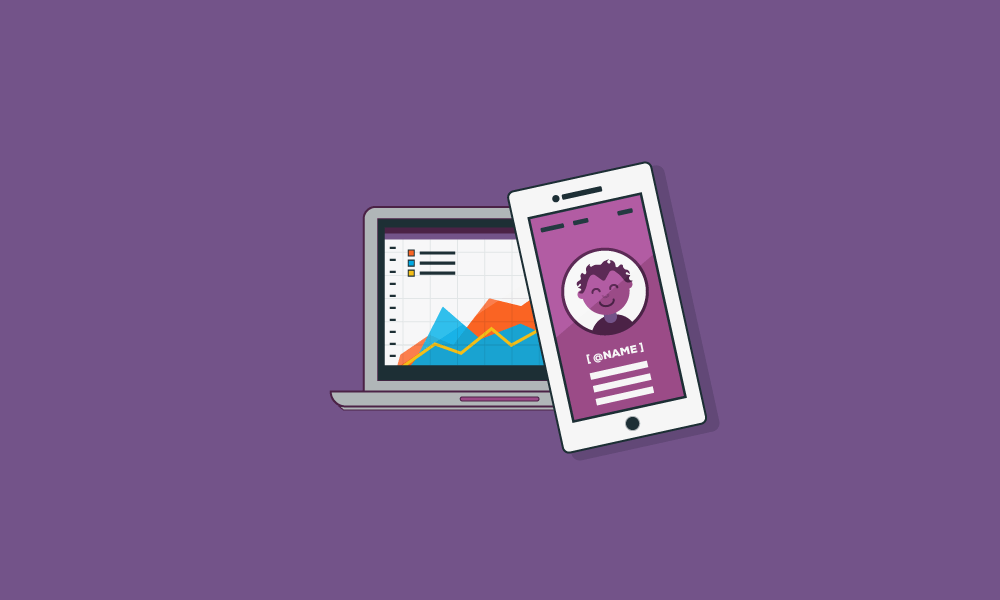Understanding the power of personalization
We all like to feel special, like people get us and understand us. It shows that they care and that they’re concerned with us. It’s the same reason why retailers that use personalization often see increased sales and engagement when they customize their marketing efforts and treat shoppers as the special and unique individuals they are.
The best way to understand your customers and provide that personalization is by analyzing them, their buying history, their browsing history, and comparing that to what people just like them are buying and browsing. This is where an in-depth analytics program, based on artificial intelligence and machine learning, can make a big difference.
There are multiple levels of personalization in play already, such as using the customer’s name in marketing messaging, serving up ads that promote what’s already in a customer’s cart, or even promoting items on other websites based on what the customer originally viewed, such as an ad for a pair of shoes that follows the customer around the Internet.
But these things only have the potential to sell what the customer already knows they want. What about the things that aren’t in the cart that the customer could love?
This is where analytics make all the difference. By looking at a customer’s past ordering history, as well as their browsing history, you can see the things they are considering and make recommendations based on associated items. You can examine what’s selling, what’s selling together, and find any crossover between two or more items that customers bought. Then use that information to promote products that other customers might like.
For example, your customer is looking at a pair of running shoes, so why not suggest other running gear or even a wearable fitness tracker? Or your customer is looking at a piece of luggage online, so suggest a digital luggage scale or packing cubes. Maybe she’s looking at a tent and sleeping bag, so recommend an air mattress or camp cookstove.
We already see this personalization happening on places like Amazon, which started the whole “You Might Also Like. . .” and “Other Customers Also Bought. . .” features to increase their own sales. Now, of course, everyone wants to be like Amazon, and we can’t all be like them, but this is something that any business can do and it’s much less expensive than offering two-day free shipping on everything.
This kind of personalization and customization even has a place in the brick-and-mortar retail setting. For example, looking at store-level sales and seeing which products sold in a particular region can help you organize planning assortments and planograms that fit a particular region, city, or even store and get the most out of your assortment.
For example, something as simple as understanding “winter wear” means something different in Minneapolis than it does Miami can help you decide whether and where to launch a spring line of bathing suits in March. You can analyze past sales and compare it to things like economic trends, weather patterns, or even the demographics of a particular geographic region to see which kinds of products will do well in a specific store.
With this analysis in hand, you can focus on creating personalized store-level displays that fit a particular store’s unique attributes, rather than assuming a one-size-fits-all display for your entire chain of stores. Personalization is an attempt to treat people, and even stores, as individuals. But to be truly successful at it you have to look at the numbers for all the purchases, and not just guessing that item A goes with item B.
It means understanding that personalization isn’t just about just one channel, it should cross all channels and incorporate an individualized omnichannel strategy for your customers. The best way to do it is with artificial intelligence, machine learning and a powerful analytics program that can manage this for thousands of customers and millions of products.
To learn more about using analytics to personalize your marketing, please visit the SPS Commerce website or ask to speak to one of our analytics representatives for more information.

Find the correct EDI solution for your business.
Get more insights on full-service EDI by downloading our white paper.
READ OUR WHITE PAPER- Three Takeaways from SuiteWorld 2023 - October 30, 2023
- Built-for-NetSuite partner discussion: RF-SMART and SPS Commerce - October 27, 2023
- 5 common problems distributors face - October 26, 2023


RELATED POSTS
Three common challenges 3PLs face and...
Product pages: Would you buy it with ...
Create retail branded packing slips f...